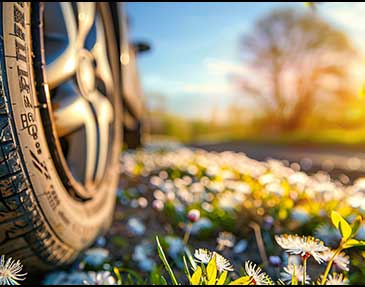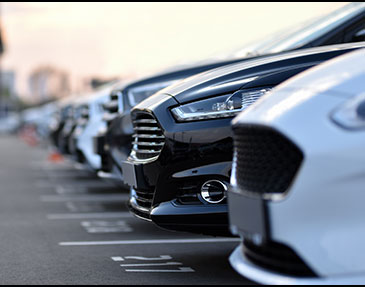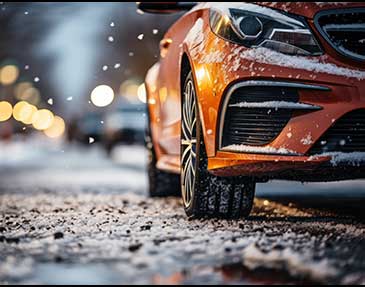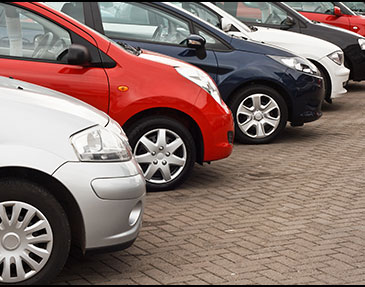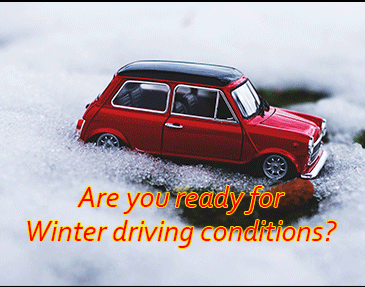Springtime road trips in the UK
Lambs bouncing in the fields. Daffodils emerging from their winter slumber. Birds chirping in the trees.
It can only be that time of year again, springtime.
This season in the UK offers the perfect balance of mild weather, smaller crowds and blossoming landscapes.
The longer days make it ideal for exploring and creating unforgettable memories.
We have some suggestions for places to go:
The Cotswolds: for the quintessential English springtime countryside look no further. Some of the most scenic routes are on the A429, otherwise known as Fosse Way. This ancient Roman road passes through iconic towns and villages such as Moreton-in Marsh, Stow on the Wold and Cirencester.
You’ll see patchwork fields, roaming rivers, medieval churches and stately homes in your travels.
Bluebell Woods in the UK: You find them in many places but one of the most spectacular Is the Ashridge Estate in Hertfordshire. Then there are Watkins Way in the Wye Valley, Tehidy Camborne in Cornwall.
Cornwall: Cornwall in general has a lot to offer. It has an abundance of wildlife from sea birds to seals not to mention smuggling coves and famous harbours. There is a particularly stunning drive between St Ives and Sennen.
Isle of Skye: if you fancy travelling further afield try the rugged landscape of Skye, off the Scottish coast. There is a panoramic drive between Broadford and Elgol that’s not to be missed.
The Lake District: always a favourite and Spring may be the best time before the peak visitor season. The A591 between Keswick and Windermere is a particular favourite route.
The Yorkshire Dales: more breath-taking country with many picturesque villages and don’t forget it’s lambing season.
Wherever you decide to go we wish you safe and happy travels and if you want a car or minibus rental just get in touch with use.

